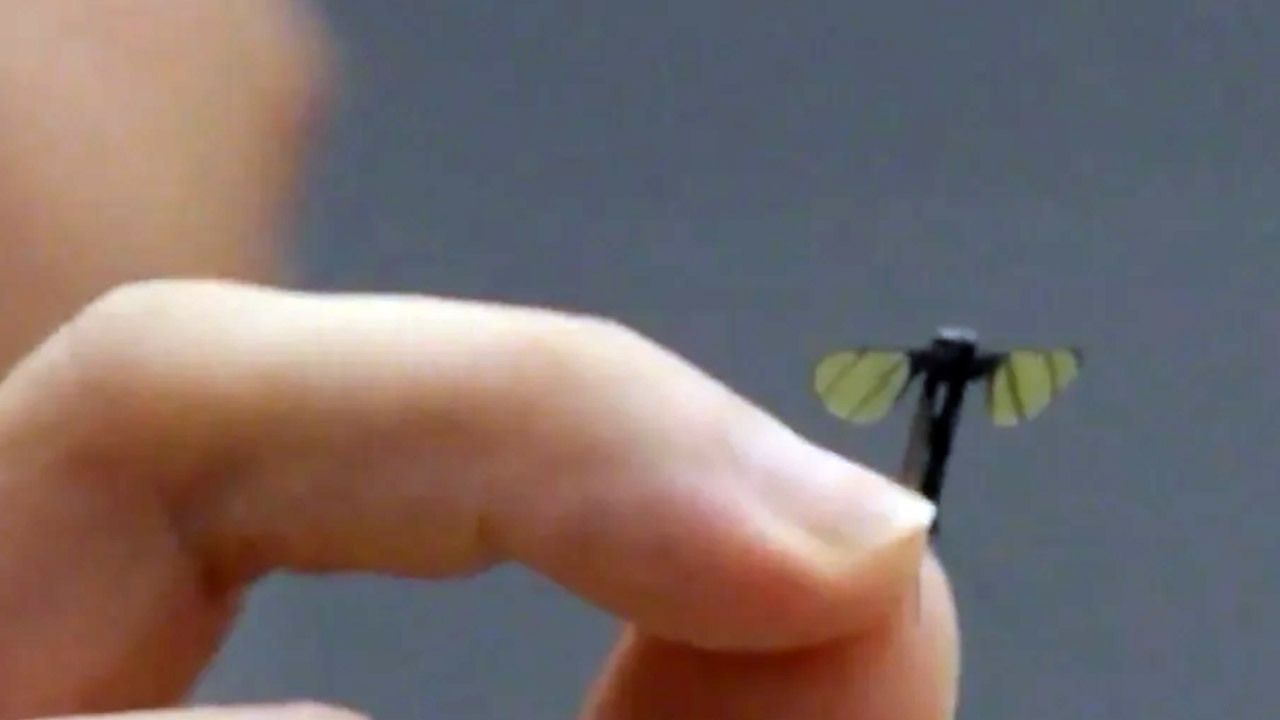
A tiny marvel, barely bigger than a fingernail, has buzzed out of China’s National University of Defense Technology (NUDT) in Hunan. Showcased on CCTV 7, China’s military channel, this mosquito-sized drone is an engineering stunner, blending biology and robotics into a near-invisible spy tool. At just 0.6 to 2 centimeters long and a featherlight 0.3 grams, it’s built to slip through cracks, cling to walls, and eavesdrop in ways bigger drones can’t.
Designed to pass as a mosquito, this drone boasts a shiny black shell and two clear, leaf-like wings flutter with a creepy, bug-like grace, driven by itty-bitty motors. Three super-slim legs let it stick to walls or twigs, all controlled right from your phone, packed with tiny cameras, mics, and sensors to grab photos, sounds, and digital vibes.
- Due to platform compatibility issue, the DJI Fly app has been removed from Google Play. DJI Neo must be activated in the DJI Fly App, to ensure a...
- Lightweight and Regulation Friendly - At just 135g, this drone with camera for adults 4K may be even lighter than your phone and does not require FAA...
- Palm Takeoff & Landing, Go Controller-Free [1] - Neo takes off from your hand with just a push of a button. The safe and easy operation of this drone...

Packing all that into something the size of a rice grain is a massive headache. Every piece—sensors, battery, circuits—has to cram into a space no bigger than a grain of rice, all while keeping the power flowing. The wings, designed to mimic real bugs, are made from super slick materials and clever bio-tech for dead-on maneuvers. The catch? That teensy battery runs out quick, so you’ve got to stick nearby to keep the connection going.
How does it stack up against other microdrones? Norway’s Black Hornet 4, used by the U.S. and U.K. militaries, is a palm-sized beast with thermal imaging, a 2-mile range, and over 30 minutes of airtime. It’s impressive but resembles a mini-chopper next to China’s mosquito-like drone. Harvard’s RoboBee matches the size with penny-scale dimensions and can fly, swim, or stick to surfaces using static electricity. However, it’s more about pollinating crops or monitoring environments than spying. The U.S. Air Force has teased its own microdrone projects, but they’re keeping quiet.
[Source]










